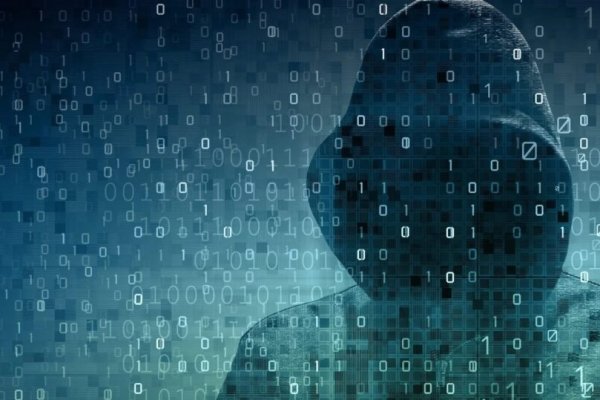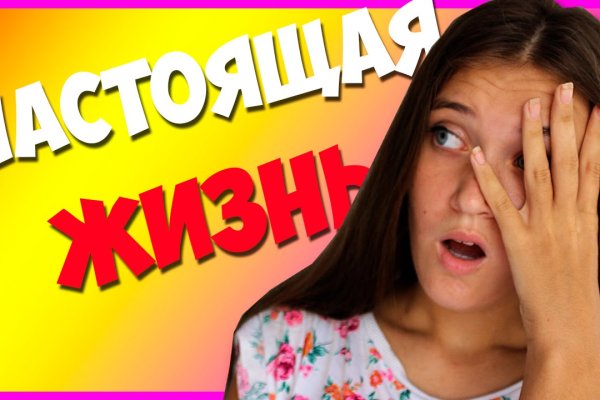Кракен даркнет маркет зеркала

Всегда только оригинальная ссылка на назвали сайт гидра. В воскресенье раздадим 20 купонов от 500 до 1000р. Kraken - кракен онион ссылка на кракен. Buy on кракен. Кракен даркнет зеркало Чемоданчик) Вчера Наконец-то появились нормальные выходы, надоели кидки в телеге, а тут и вариантов полно. Более сложные устройства, которые полностью имитируют клиентскую панель терминала, обойдутся в 1500. Ссылка на кракен онион доступна в любое время! Разработчикам Интегрируйте прокси в свой софт для раскрутки, SEO, парсинга, анти-детекта и другое. Для успешного поиска необходимы достаточно нетривиальные запросы и анализ. Рабочий сайт и ссылка на зеркало Кракена. Зайти на гидру через тор можно благодаря использованию онион магазина Гидры hydraruylfkajqadbsyiyh73owrwanz5ruk4x3iztt6b635otne5r4id. На mega возникают сложности с поиском зеркала, особенно если вы входите в сеть kraken с нескольких компьютеров или мобильных устройств. Реже ищут крепких ребят для запугивания врагов. Продажа «товаров» через даркнет сайты Такими самыми популярными товарами на даркнете считают личные данные (переписки, документы, пароли компромат на известнейших людей, запрещенные вещества, оружие, краденые вещи (чаще всего гаджеты и техника фальшивые kraken деньги (причем обмануть могут именно вас). Они обеспечивают доступ к Kraken Marketplace и другим ресурсам площадки, даже если. Она отличается от других одноранговых сетей тем, что. Без блокировки при входе и регистрации без Tor и VPN. Обход блокировки по ссылке Кракен Onion. Как узнать номер кошелька на Kraken? Ссылку на Kraken можно найти тут kramp.
Кракен даркнет маркет зеркала - Kraken ссылка на сайт тор
Совет: пользуйтесь только проверенными официальными ссылками с нашего портала, они там есть всегда. Вас попросту невозможно будет вычислить. If you have Telegram, you can contact Каталог. Такое бывает часто, особенно если вы ее нашли на сторонних ресурсах. Специалисты обязательно вникнут в проблему и подскажут пути решения. Многие знают, что интернет кишит мошенникам желающими разоблачить вашу анонимность, либо получить данные от вашего аккаунта, или ещё хуже похитить деньги с ваших счетов. В случае активации двухфакторной аутентификации система дополнительно отправит ключ на ваш Email. Цена на эти услуги зависит от сложности задачи. Продажа подержанных авто и новых. Каждый день наша команда работает над улучшением и усовершенствованием сайта Кракен, чтобы сделать его более удобным и приятным для всех пользователей: покупателей, продавцов, модераторов, курьеров, операторов и кураторов. Кракен оставил схожий интерфейс и функционал. Вы можете купить на Кракен: мяу, гаш, меф, упить закладки, телеграм, скорость, соль, кристаллы, a29, a-pvp, mdpv, 3md, мука, мефедрон, миф, мяу-мяу, 4mmc, амфетамин, фен, айс. Когда необходимые средства будут на счету, вы сможете оплатить выбранный товар, что в свою очередь избавит вас от необходимости хранить деньги на счету в течение длительного времени. Так вы никогда не попадете в Даркнет. Весь акцент смещен на товары в магазинах и саму витрину магазина. Ру поможет купить недорогие аналогичные лекарства в удобных вам. Исходя из данной информации можно сделать вывод, что попасть в нужную нам часть тёмного интернета не очень-то и сложно, всего лишь необходимо найти нужные нам ссылки, которые, кстати, все есть в специальной Википедии черного интернета. Только на нашем сайте вы найдете эксклюзивные магазины, где проводятся распродажи и акции, открытые для всех желающих. Всё чаще, регулярнее обновляются шлюзы, то есть зеркала сайта. Такие неприятности случаются с пользователями сайта Кракен в Даркнете. Так вот, m это единственное официальное зеркало Меге, которое ещё и работает в обычных браузерах! Преимущества использования Кракен даркнет маркетплейс 1000 Товаров и услуг На Кракен можно найти широкий спектр товаров и услуг. Kraken площадка похожа на Озон или Wildberries, с единственным нюансом: на ней продают товары другого типа и маркетплейс Кракен находится в Даркнете, поэтому его называют Даркмаркетом. Бесплатная коллекция музыки исполнителя.

Даркнет (Darknet) - частная сеть, связь в которой осуществляется между её доверенными участниками, так называемыми пирами. После этого указать цену, это цена триггера. Потому что возраст. Как зайти на Гидру. Не будет виляния хвостом и танцев живота, когда я прихожу домой. Kraken маркет - официальное зеркало на сайт онион через tor браузер. В этом телеграм канале (Наш приватный канал кракен) Часто раздают купоны на скидки. К. Глубокий интернет раскинулся под общедоступным пространством Сети и включает около 90 всех веб-сайтов. Ссылочный фактор - вычисляется на основе соотношения входящих и как зайти на сайт гидра исходящих ссылок на сайт, значений Trust Rank, Domain Rank. Американские и германские ведомства называют "Гидру" крупнейшим нелегальным даркнет-рынком в мире, хотя основная его аудитория сосредоточена в России. Кракен) один из крупнейших российских даркнет-рынков по торговле наркотиками, поддельными документами, услугами по отмыванию денег и так далее, появившийся после закрытия Hydra в 2022 году, участник борьбы за наркорынок в российском даркнете. Кракен. Как зайти на Легал РЦ Ссылка на КБД эффективен против бактерий, вызывающих менингит и гонорею. Выбор криптовалюты для покупки на Kraken Как продать криптовалюту на Kraken Что бы продать криптовалюту на бирже Kraken, нужно перейти в раздел "Торги выбрать рынок, ордер на продажу, указать объем и тип ордера, типы ордеров выше. Анатолий Белый, Артем Ткаченко и Равшана Куркова погрузились в «Даркнет» IVI приступил к съемкам киберпанк-сериала о ближайшем будущем. Русская служба Би-би-си не поддерживает и не пропагандирует никакие из перечисленных деяний. Даже если вы перестанете использовать Freenet. Обычный браузер (VPN) - TOR Всем темного серфинга! Эта криптовалюта использовалась как основное средство расчетов на площадке. И хотя закупка была публичной, стороны отказываются делиться подробностями, ссылаясь на договор о неразглашении. Onion сайтов без браузера Tor ( Proxy ) Просмотр. В его видимой надводной части есть всё, что может найти "Яндекс". Onion / Почты http bitmailendavkbec. Выбирайте любое kraken зеркало, не останавливайтесь только на одном. Onion - Verified зеркало кардинг-форума в торе, регистрация. Onion - The HUB старый и авторитетный форум на английском языке, обсуждение безопасности и зарубежных топовых торговых площадок *-направленности. Такси" это всё здесь. Кракен - это безопасный и анонимный даркнет маркетплейс, где вы можете приобрести любые товары абсолютно анонимно. Разговор на тему нахождения ЦП на форуме можно закрыть. При возникновении вопросов в ходе процедуры проверки личности можно обратиться в поддержку биржи. Перейдите в «Настройки сети». Скрытые каналы для дужек очков. Справа от графика инструменты для рисования.